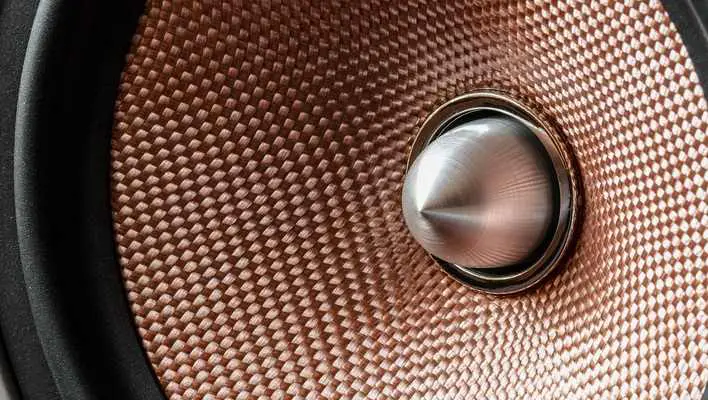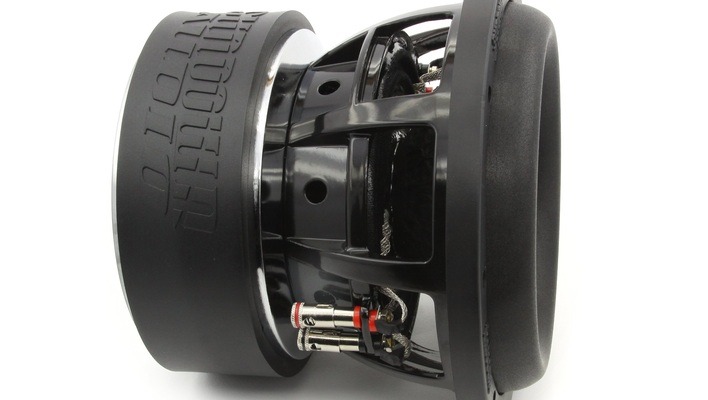You have set your sights on acquiring new car subwoofers to give your car that audio ambience that denotes style and class. As you buy your subwoofer, you may have questions about whether to pick the single voice coil or the dual voice coil versions.
Knowing the difference between single and dual voice coil subwoofers will help you pick the right subwoofer for your project. You will get great, punchy, and outstanding bass for your car audio system and avoid wasting the capabilities of your amp.
Single voice coil subwoofers only have one loop of wire wrapped around the subwoofer’s former, giving you a negative and a positive terminal. On the flipside, a dual voice coil subwoofer has two wire coils wrapped around the former, giving you two positive and two negative terminals. This is the significant difference between the two, even though their performance is quite similar.

What does a Voice Coil Mean?
So, what do we mean by a voice coil? A voice coil is responsible for producing sound. It helps the speaker cone’s movement to the front and back. This moment helps the cone move air around it thus, creating waves and sound.
Voice coils are made up of a loop of wire wrapped on the former. A former is a cylinder that picks current from the receiver. Music signals originating from the receiver cause the electricity travelling through the voice coil to produce a strong magnetic field. This magnetic field has a similar polarity as the magnet fixed at the rear end of the speaker. The voice coil, which now acts as an electromagnet, repels the magnet on the speaker, moving the cone upwards.
The cone moves upwards and produces sound as it pushes the air with the help of a driver that causes vibrations on the diaphragm. The electromagnet keeps alternating its polarity, and thus it develops a motion like a hammer that moves forward and backwards.
The more the coils wound on the voice coil, the more the surface area resulting in more heat being dissipated. This translates to the coil handling more power.
What does Single Voice Coil Mean?
A single voice coil speaker or subwoofer has one piece of copper wire looped on its former. This results in a single set of negative and positive ends to its magnetic wire. This means that the subwoofer has a negative and positive terminal of only one set.
Single voice coils have impedance ratings of 1,2, or 4 ohms.
Pros
- It is cheaper than the DVC.
- It is less complicated.
Cons
- It offers fewer wiring combinations.
- Difficult to configure in bulk.
What does a Dual Voice Coil Mean?
Unlike the single voice coil, a dual voice coil subwoofer has 2 loops of magnetic copper wires. The wires are interwoven together. Each wire has two positive terminals and two negative terminals.
Ensure you connect both of these terminals to the power to help the sub’s performance and protect it. Dual voice coil subwoofers have 2 ohms, 4 ohms, and 8 ohms impedance.

Advantages of the Dual Voice Coil
Some of the advantages that set DVC subwoofers apart include;
1. Many wiring options
Parallel Wiring
Parallel wiring gives you the most significant power output from your amplifier. A subwoofer that has a dual four-ohm voice coil and has parallel wiring places a total of 2 ohm load on your amp. An amp or receiver has the ability to produce more watts if the impedance is low. Thus, parallel wiring has a low impedance, ensuring your amp gives you maximum performance.
Similarly, with two DVC subs and a stereo amp, wire each sub to a channel to get a two-ohm impedance. Doing this provides maximum output.
Series Wiring
Multiple subwoofers wired in series can be configured to one amplifier to get better power handling. Wire the two coils in series to get 8-ohm impedance. After that, you can wire two different 8 ohm subwoofers in one parallel setup to get a total impedance of 4 ohms.
Independent wiring
This option helps you wire every voice coil to its amplifier channel. Independent wiring is your best bet if you wish to wire two subs to an amplifier with four channels.
2. Top amplifier performance
Car amps have various power ratings determined by different speaker loads. You can get a 300 watts RMS speaker with a total impedance of 4 ohms, 500 watts RMS at 2 ohms, and 1000 watts RMS at 1 ohm.
Using a single voice coil setup with only one subwoofer gives you 500 RMS at 2 ohms. If you add another SVC sub connecting them in parallel, you spend more cash for another subwoofer.
Alternatively, you can use a 2 ohm DVC sub at 1000 watts RMS at 1 ohm and get the best performance. Ensure you use the parallel wiring to reach the peak performance of the amplifier.

Difference Between a Single Voice Coil vs Dual Voice Coil
As mentioned before, the difference between the single voice coil (SVC) and the dual voice coil (DVC) is minimal and not performance-based.
First, the dual voice coil subwoofers give you more wiring options than the single voice coil subs. They give you more connections to make full use of the amplifier.
Second, the DVC subwoofers are more costly than the SVC subs because of the extra voice coil.
Also, they offer more impedance connections that get more power from the amp.
Finally, the power handling is similar but be sure to check since sometimes it can be quite different.
How to Choose Single or Dual Voice Coil Subwoofer?
When choosing a subwoofer, consider its power handling and crossover frequency. The first is how much power the speaker can handle before it blows up or stops working. The crossover frequency is how low it can go in terms of frequency response (how low the bass sounds).
So, you now have to choose between the dual voice coil vs single voice coil.
You need to;
- Know the advantages of each type of subwoofer.
- Understand how to choose a subwoofer that fits your car’s audio system.
- Determine the number of speakers and subwoofers you want to use.
- Carefully map the available space in your car.
- Compare the amp’s power rating and the total load it can handle.
Final Word
The voice coil is a crucial part of your car audio system since it generates sound waves from the audio inputs coming from the amplifier. To answer the question of which one is better between single voice coil vs dual voice coil subwoofers, we say neither.
DVC and SVC subs are just different options in the market for subwoofers. They both have their unique advantages. At the end of the day, the only real difference is the number of voice coils in the sub, which gives a greater wiring versatility. The frequency response, the power handling, and box volume specifications are all the same for both types of subwoofers.
However, carefully consider what you want to get from your car system and select the option that best suits you.
